Should we put on our shocked faces? Naah. We have seen anecdotal evidence of a violent-crime spike in cities across America for weeks, but the Wall Street Journal now has a fairly solid data analysis of the trend. In dozens of America’s largest cities, homicides really have spiked upward, in some cases by large percentages, while police have been retreating from assertive positions.
Interestingly, though, reports of other crimes have declined. Note well that I use the word “reports,” however:
The murder rate is still low compared with previous decades, and other types of serious crime have dropped in the past few months. But researchers, police and some residents fear the homicide spike, if not tamed, could threaten an urban renaissance spurred in part by more than two decades of declining crime.
A Wall Street Journal analysis of crime statistics among the nation’s 50 largest cities found that reported homicides were up 24% so far this year, to 3,612. Shootings and gun violence also rose, even though many other violent crimes such as robbery fell. …
Some cities with long-running crime problems saw their numbers rise, including Philadelphia, Detroit and Memphis, Tenn. Chicago, the worst-hit, has tallied more than one of every eight homicides.
Less-violent places have been struck as well, such as Omaha, Neb., and Phoenix. In all, 36 of the 50 cities studied saw homicide rise at double-digit rates, representing all regions of the country.
The increases in some cases are in both real and percentage terms, and in others more of the latter than the former. For instance, Austin leads the chart on a percentage basis, but the actual increase in homicides is nominal. It barely outstrips San Jose, whose data shows a 20% decrease in homicides. Fort Worth and San Antonio come in third and fourth in the percentage listings, but their total homicides put them much farther down the list — well below Dallas, for instance, which has also seen a percentage decrease so far this year. Looking at this list, you’d think Texas was a major hot spot for homicides in 2020, but it’s the usual suspects instead — New York, Chicago, Los Angeles, Philadelphia, and, er, Houston too, it seems.
The percentage basis increase can be misleading for cities which have had traditionally lower homicide rates all along. Rather than using total homicides as the comparison point, it might have been better to score cities on homicides per 1000 people and then score the increase from the previous year on that basis. It might also help to better pinpoint when the increase took place, as the WSJ offers several explanations, including COVID-19 shutdowns, for the uptick — rather than the obvious explanation of protests, riots, and police retreats in major cities.
Don’t forget that the trends in March and early April looked much different:
Crime rates plunged in cities and counties across the U.S. over the second half of March as the coronavirus pandemic drove millions of residents to stay inside their homes.
Police logged dramatically fewer calls for service, crime incidents and arrests in the last two weeks of March than each of the previous six weeks, a USA TODAY analysis of crime data published by 53 law enforcement agencies in two dozen states found. The analysis is among the largest studies measuring the impact of the coronavirus on crime and policing.
NPR noted this two weeks ago, along with a decline in other reported crimes:
Baltimore, Philadelphia, San Francisco, Washington, D.C., and Chicago all have witnessed a drop of more than 30%. Violent crimes such as aggravated assaults and robberies also fell substantially.
That wasn’t true of homicides and shootings though. In some cities, there’s a troubling rise compared with last year.
That also has some nuance to it. When people confined themselves to their homes except for the most essential transactions — food, mainly — interaction decreased and with it opportunities for many forms of violent crime. With police in retreat now, however, one has to wonder just how many people are bothering to report crime at all. What’s the point of calling police on an assault or a burglary when police are too tied up with riots and protests to respond? Some people, including one notable example in a Minneapolis neighborhood, have decided not to report crimes to police at all, including armed robbery and sexual assault. Homicides are different, in that the bodies have to accounted for and the victim can no longer decide whether to involve police or not.
As a result, homicides are probably the most reliable marker for the environment in America’s big cities. Whichever way that gets measured, those environments have taken a sharp and sudden turn for the worse — and it’s clear why, too.



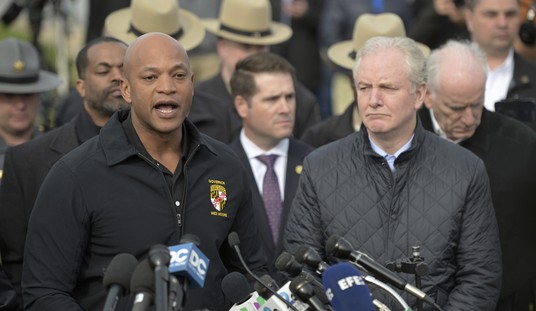
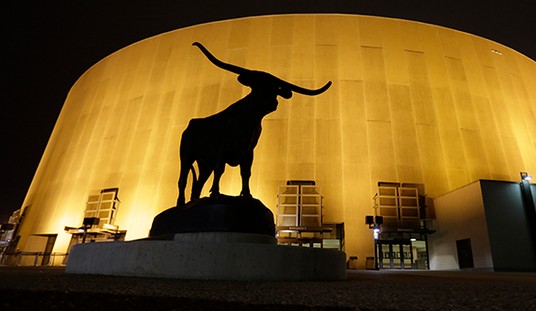
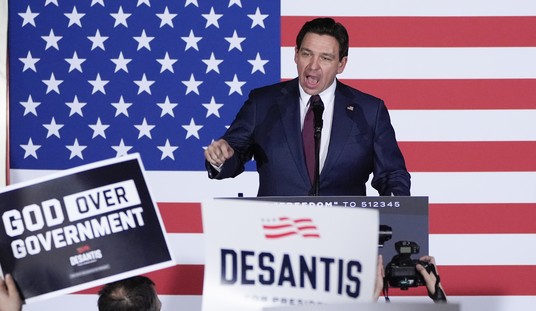
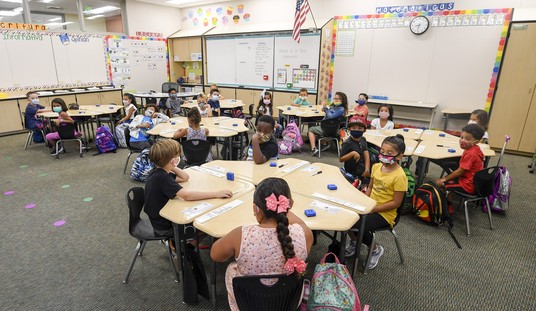
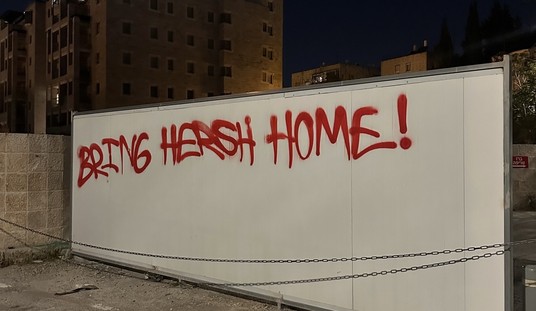
Join the conversation as a VIP Member